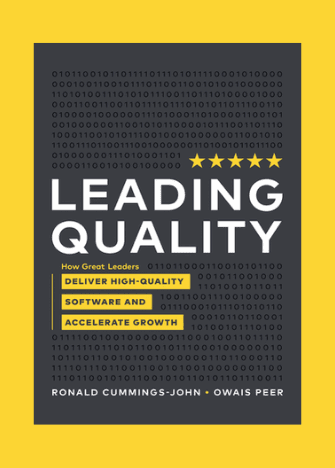Effective software testing plays a crucial role in ensuring the quality and reliability of software products. However, with limited time and resources, it becomes essential to prioritize testing efforts to focus on areas where they can have the maximum impact.
Risk-based testing is a proven approach that helps in identifying, assessing, and prioritizing risks, allowing testers to focus their efforts where they matter most. This essay delves into the concept of risk-based testing, exploring techniques to identify risks, assess their potential impact, and prioritize testing activities accordingly.
Understanding Risk-Based Testing
Risk-based testing is an approach that aims to optimize testing efforts by considering the potential risks associated with software development and usage. It involves systematically analyzing and evaluating risks to determine the probability and impact of potential failures or defects.
By prioritizing testing efforts based on these risks, organizations can allocate resources effectively, focusing on critical areas and mitigating potential issues before they impact end-users.
Identifying Risks
The first step in risk-based testing is identifying potential risks. This can be achieved through various means, such as analyzing project requirements, conducting brainstorming sessions, reviewing historical data from similar projects, and involving domain experts.
By considering factors like software complexity, critical functionalities, technology dependencies, and external interfaces, testers can create a comprehensive list of potential risks associated with the software under test.
Assessing Risks
Once risks are identified, the next step is to assess their potential impact. This involves evaluating the likelihood of each risk occurring and the severity of the consequences if it does. Testers can assign qualitative or quantitative measures to assess the probability and impact of risks.
Qualitative measures involve assigning subjective ratings such as low, medium, or high, while quantitative measures involve assigning numerical values based on historical data or statistical analysis. By combining these measures, testers can assess the overall risk level associated with each identified risk.
Prioritising Testing Efforts
Based on the assessed risks, testing efforts can be prioritized to focus on areas of higher risk. The prioritization process involves assigning testing resources, test coverage, and test depth based on the level of risk associated with each identified area.
High-risk areas warrant more extensive testing efforts, including increased test coverage, rigorous test cases, and thorough testing techniques. Medium-risk areas may require moderate testing efforts, while low-risk areas can be subjected to less intensive testing.
It is important to note that prioritization should not be based solely on the likelihood and impact of risks. Other factors, such as business criticality, regulatory requirements, and customer expectations, should also be considered. Testers should collaborate with stakeholders to understand the priorities and align testing efforts accordingly.
Mitigating Risks
Risk-based testing not only helps in prioritizing testing efforts but also facilitates risk mitigation. By focusing on high-risk areas, testers can uncover potential issues early in the development lifecycle, enabling timely resolution and reducing the probability of critical failures in production.
Testers can design targeted test cases, develop specialized testing techniques, and allocate dedicated resources to ensure comprehensive coverage of high-risk areas. This approach enhances the overall quality of the software product, increases customer satisfaction, and reduces the likelihood of costly post-production defects.
Conclusion
In conclusion, risk-based testing is an intellectually sound and relevant approach to prioritize testing efforts for maximum impact. By identifying, assessing, and prioritizing risks, testers can allocate resources effectively, focusing on critical areas that are most likely to impact the software quality and end-user experience.
This approach not only optimizes testing efforts but also enhances the overall reliability and robustness of software products. By embracing risk-based testing, organizations can achieve higher levels of quality assurance and deliver software that meets customer expectations with reduced risks and enhanced customer satisfaction.
In summary, risk-based testing provides a systematic framework to ensure the success of your software quality assurance efforts.
Happy testing!
About the tester
Damilola started testing with Tester Work less than a year ago and is already sharing relevant content. He has English and Yoruba as native/expert language level.
This article is the sole responsibility of the author. By submitting their work to our blog, authors affirm that the content is original and does not violate any copyrights or intellectual property rights of third parties.







